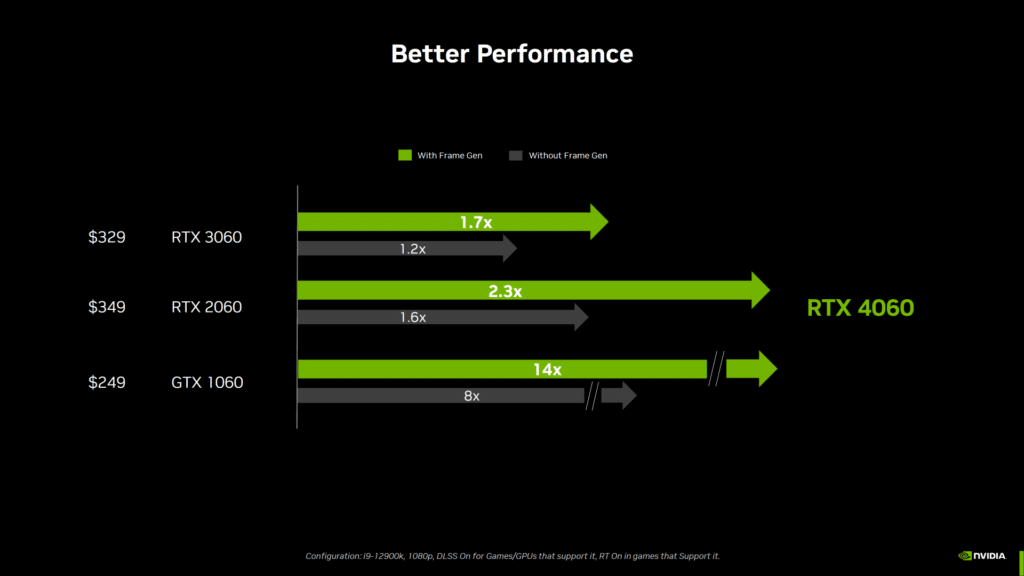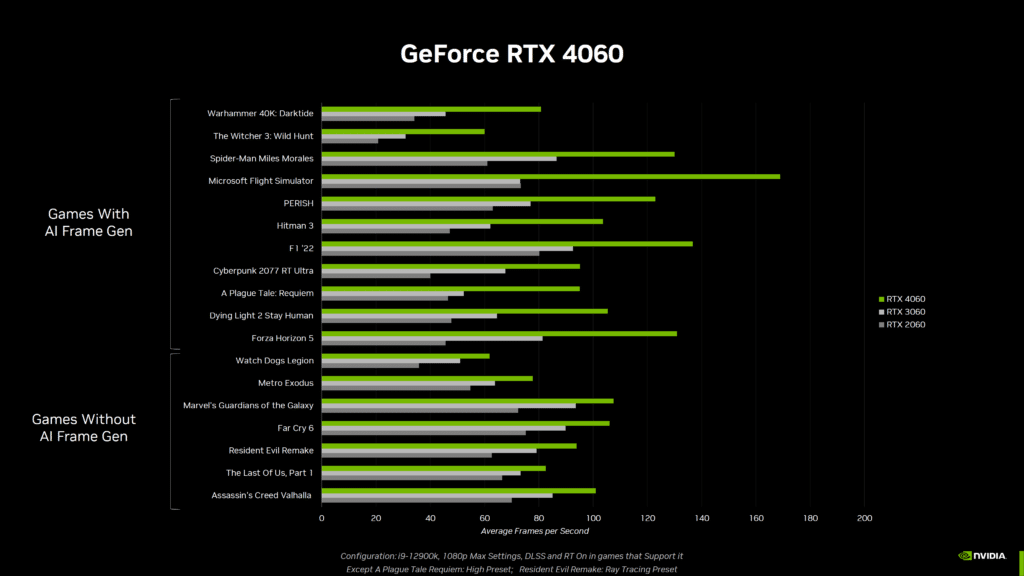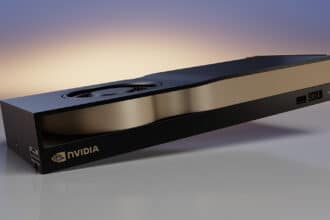The GeForce RTX 4060 8 GB graphics card, which will be on sale for $299 US on June 29, has officially been introduced by NVIDIA.
Now that the business is releasing even more information on the GeForce RTX 4060 graphics card, NVIDIA intends to once again make the RTX and DLSS advantage available to a larger audience. The business shows how 83% of RTX 40 players play their games with RT On and 79% of RTX 40 gamers play their games with DLSS On in one of the new presentations. This implies that 400 RTX games and apps are available, and 8 out of 10 RTX 40 GPU customers are taking use of Ada’s most recent technology.

But these premium features came at a price, and all GPU prices increased during the epidemic. Because 77% of gamers play at 1080p or below, the extremely old GTX 16, GTX 1060, and RTX 2060 series continue to dominate the rankings at the Steam Hardware Survey. The RTX 4060 gives a great 20% jump over the RTX 3060 in basic rasterization and up to a 70% boost with DLSS 3 enabled. As a result, NVIDIA has decided that they want to give the mainstream gamer the value back and force them to upgrade to a better GPU.
However, NVIDIA also highlighted the power reductions provided by the RTX 4060. Thanks to Ada’s very effective design, anybody running a GeForce RTX 4060 will significantly save their electricity costs. Users will be able to save up to $130+ US over the course of four years (depending on the location).

The card offers a 20% boost over the GeForce RTX 3060 12 GB in classic rasterization, and even greater advantages when RT and DLSS are taken into account. The business has previously released the specs and performance data.
With DLSS 3, you may expect up to a 70% improvement in performance over the RTX 3060 for $299 USD, or a 20% increase without DLSS. The RTX 4060 carries up to 24 MB of L2 cache, which is again an 8x improvement over the RTX 3060, and all the memory management technologies we discussed in the RTX 4060 Ti article apply to it. The RTX 3060 did, however, pack a higher VRAM of 12 GB and a wider bus interface.
Therefore, even though the NVIDIA GeForce RTX 3060 had a larger bus and greater VRAM, the RTX 4060 is still quicker at 1080p, and the bigger L2 cache makes a significant impact in the 1% Low FPS, when the gap between the two cards expands even more.





